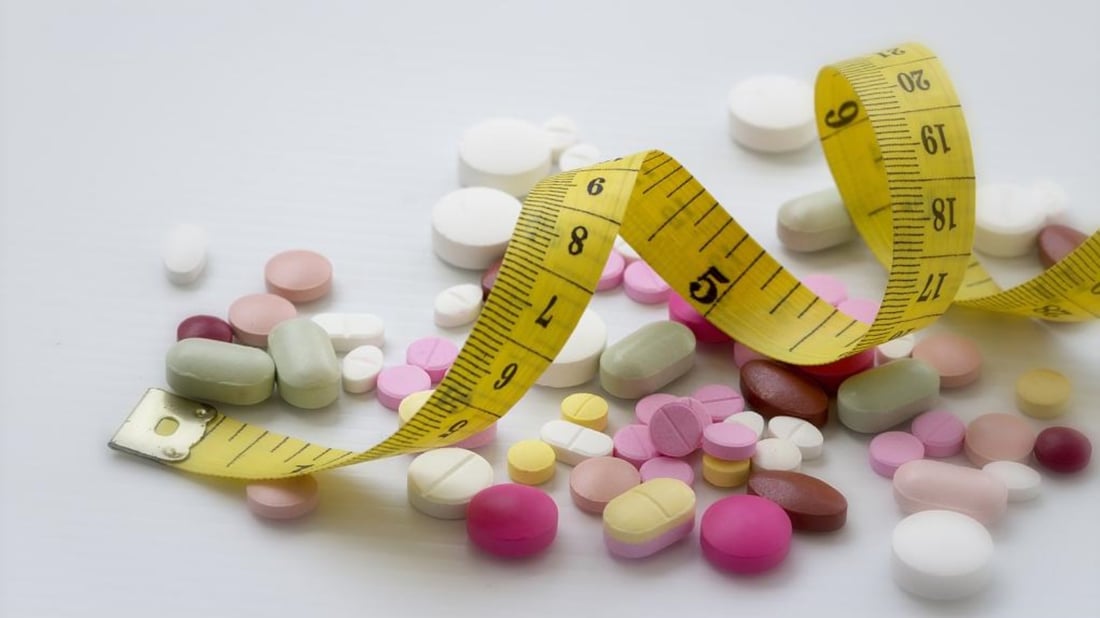What Are Prostaglandins?
Prostaglandins are a type of hormone-like substance that occurs naturally in your body. They are produced by many different types of cells and play a crucial role in regulating various bodily functions such as inflammation, blood flow, and the formation of blood clots. While prostaglandins play a vital role in maintaining the health of your body, an excessive increase in their production can have harmful effects, contributing to various diseases and ailments.
Factors That Trigger Prostaglandin Increase
Several factors can trigger the production of prostaglandins, leading to an increase in their levels. These include:
Inflammation
Inflammation is a natural response by the body to injury or infection, and prostaglandins play a crucial role in this process. When tissues are damaged, the cells release prostaglandins, which help to dilate blood vessels and increase blood flow to the affected area. While this increased blood flow helps to bring essential nutrients and immune cells to the site of injury, it can also contribute to inflammation and swelling.
Hormonal Imbalances
Female hormones, like estrogen and progesterone, can also stimulate the production of prostaglandins. During the menstrual cycle, the levels of estrogen and progesterone fluctuate, causing the uterus to contract and release prostaglandins, leading to period cramps. Women with higher levels of prostaglandins tend to have more severe menstrual cramps.
Intense Exercise
During intense exercise, the muscles are put under stress, leading to tissue damage and inflammation. The body releases prostaglandins in response to this tissue damage and to help increase blood flow to the affected area. This is why you may experience muscle soreness after a strenuous workout.
Stress
Stress triggers the release of cortisol, which can lead to an increase in the levels of prostaglandins. This increase in prostaglandins can contribute to the development of stress-related conditions such as high blood pressure and heart disease.
Diet
What you eat can also affect the levels of prostaglandins in your body. Consuming foods high in omega-6 fatty acids, such as red meat, dairy, and vegetable oils like corn and soybean oil, can stimulate the production of prostaglandins. In contrast, foods high in omega-3 fatty acids, such as fish, nuts, and seeds, can help to reduce the production of prostaglandins.
The Negative Impacts of Elevated Prostaglandin Levels
While prostaglandins are essential for maintaining the health of your body, elevated levels can have negative effects, contributing to various diseases and ailments, including:
Arthritis
Prostaglandins contribute to joint inflammation and cartilage damage, leading to arthritis, a condition characterized by joint pain, stiffness, and swelling.
Asthma
In people with asthma, prostaglandins contribute to narrowing of the airways, leading to difficulty breathing and chest tightness.
Migraine Headaches
Prostaglandins play a role in the dilation and constriction of blood vessels in the brain, leading to migraine headaches.
Heart Disease
Prostaglandins contribute to blood vessel constriction and platelet aggregation, leading to the formation of blood clots, a significant risk factor for heart disease.
Conclusion
Understanding the factors that trigger prostaglandin production is crucial for maintaining the health of your body. While elevated prostaglandin levels can have negative effects, they also play an essential role in regulating various bodily functions. Maintaining a balanced diet, regular exercise, and managing stress can help to keep prostaglandin levels in check and reduce the risk of developing conditions related to elevated levels.
Prostaglandins are a group of lipids with hormone-like actions that your body makes primarily at sites of tissue damage or infection. There are several different types of prostaglandins, and they play several essential roles in regulating bodily processes, including: Blood clot formation at the site of an injury
prostaglandins, triggers, inflammation, hormonal imbalances, intense exercise, stress, diet, arthritis, asthma, migraine headaches, heart disease Understanding Prostaglandins and Their Triggers Learn about the factors that trigger prostaglandin production and the negative impacts of elevated levels. Discover how to keep prostaglandin levels in check by maintaining a balanced diet, regular exercise, and managing stress.

